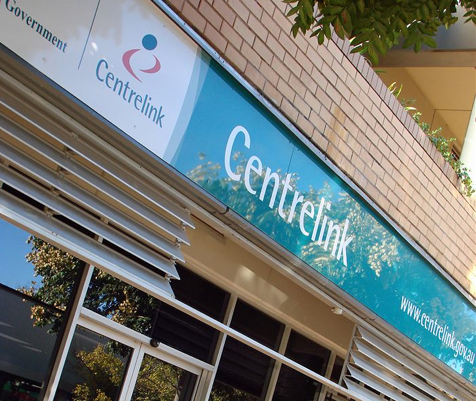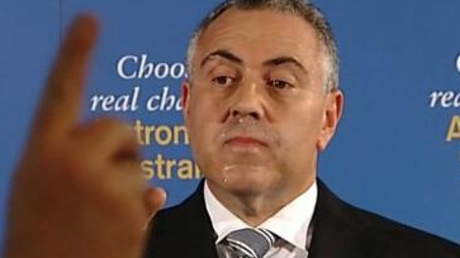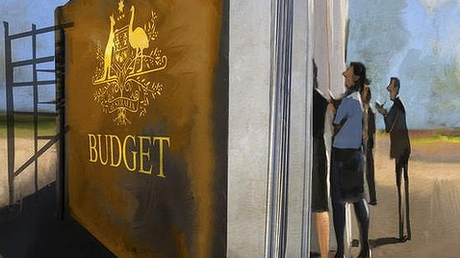
One of the greatest accomplishments of the 20th century was the implementation of what has become known as the ‘welfare state’ - a view that the government has a degree of responsibility for the health and social well-being of the population.
Broadly speaking, there are two perspectives on how the welfare state should operate. Some prefer universal access to welfare programs regardless of an individual’s wealth. Some believe welfare should be ‘means-tested’ and distributed based on an individual’s needs.
The misconception about a bloated middle-class welfare system may be a result of a policy swing in the last few decades.
In Australia, the right tend to favour universalism because it gives proportionate returns to taxation, reflects the Liberal party values of individualism and self-reliance (at least more so than selectivism), and can be used to promote the private provision of services. The Australian left prefer selectivism because it is viewed as fairer, targets the most needy and reduces inequality.
Selectivism may present itself as the cheaper and more effective option, but it comes with a variety of complications. The processes by which individuals are assessed can be an administrative nightmare, and this combined with the stigma and intrusiveness of such processes can act as a barrier to entry that discourages uptake. Furthermore, unless the specific testing is carefully designed, it can create poverty traps and disincentives to work (as many university students on youth allowance will testify).
These factors represent a gap between the ideal and the application of means-testing – a gap that has the potential to substantially water-down the welfare system's effectiveness. Universal or middle-class welfare does away with many of these complications, and is inherently popular with governments looking to shore up voter support.
In recent times, there has been a significant push to scale back what is perceived as a bloated middle-class welfare system in Australia. Given the concerns surrounding the end of the mining investment boom and government revenue shortfalls, it seems a sensible target for expenditure reduction. However, in a global context, Australia’s welfare system is much more selective than most.
In a global context, Australia’s welfare system is much more selective than most
A highly significant statistic from an OECD study is that in Australia, 6.5% of direct welfare transfers go to the richest 30% of households – the lowest of the 21 countries studied by a significant margin. Furthermore, 62% of benefits received by individuals represent redistribution from rich to poor (as opposed to full-circle benefits paid for via taxes earlier in life). The same statistic in the UK is 38%. The CEO of the Grattan Institute and public policy expert John Daley was on ESSA TV recently supporting the notion that Australia has comparatively low levels of middle-class welfare.
The misconception about a bloated middle-class welfare system may be a result of a policy swing in the last few decades. The Labor government led by Bob Hawke and Paul Keating was characterised by welfare selectivism, with means-testing introduced for the aged pension and family payments.
The subsequent Coalition government led by John Howard reversed this trend. With record high tax receipts, Mr Howard was able to relax a number of existing means-tests and introduce elements of universal welfare. Channelling the conservative ideal of support for the traditional family, the Liberals introduced Family Tax Benefit B and the 'baby bonus'. Incentives to enter the housing market and exit the public health care system were other measures in the relatively modest use of universal welfare by the Howard government. It is therefore plausible that the present perception of excessive middle-class welfare is little more than a contrast bias.
Since Mr Howard’s defeat in 2007, the Labor government led by Kevin Rudd and Julia Gillard have reversed the trend again. The baby bonus has been pulled back and private health insurance rebates are now means-tested. This may not all be ideologically driven; the need for fiscal restraint may be a contributing factor. Nevertheless, debate around the balance of universalism and selectivism in Australia’s welfare system has ignited and shows no signs of slowing down.
This article was first published by the Economics Student Society of Australia




